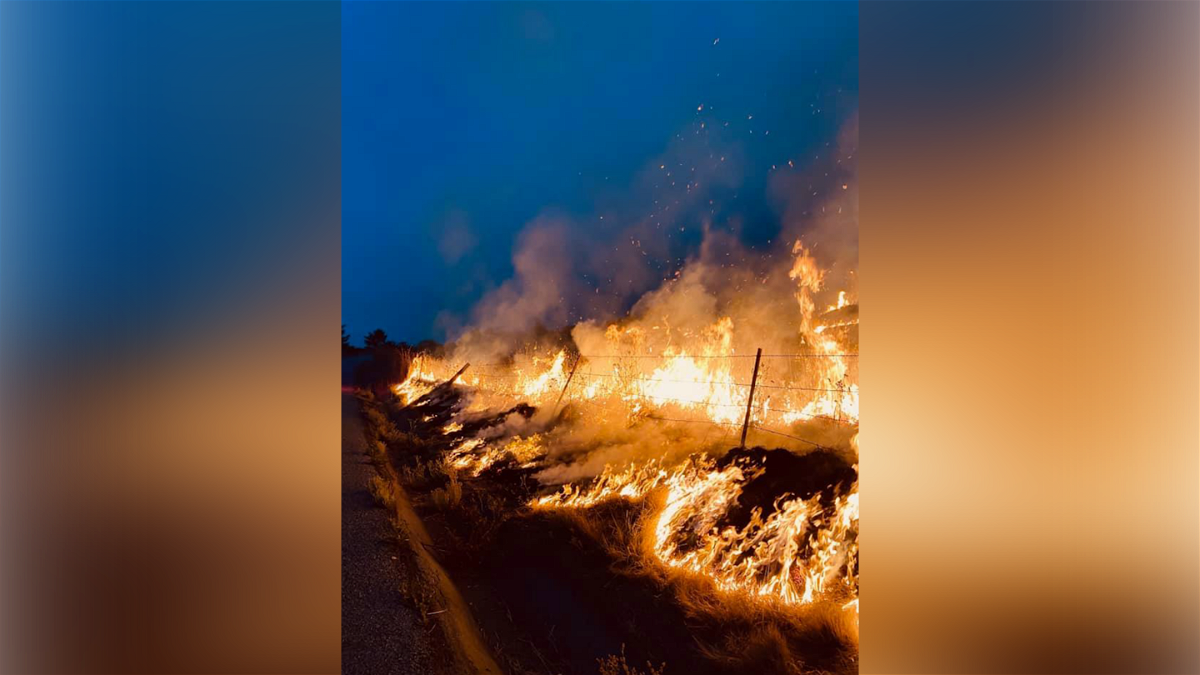Cal Fire official provides in-depth explanation of early days of CZU Lightning Complex

SANTA CRUZ COUNTY, Calif. (KION) Cal Fire provided an in-depth explanation of what happened in the early days of the CZU Lightning Complex now that the fire is nearing full containment.
The complex started as 22 reported small fires that ignited as a result of a dry lightning storm in the early hours of Aug. 16. Since the fires started, the agency has learned that there were a total of 27 fires instead of 22. At that point, Incident Commander Nate Armstrong says the department began staffing as many crews and engines as possible.
Armstrong said many of the fires were in remote, steep areas that were difficult to access.
Some of the smaller fires were in more populated areas, including one in Zayante that ended up not becoming part of the larger complex. That one was fully contained.
Many of the smaller fires that did not see much growth were not staffed, but five of them were staffed. One of them was the Warrenella near Davenport. Armstrong said they were not concerned about it threatening homes, but it was the closest to homes. The Waddell Fire further up the coast was near homes as well.
The three largest fires that Armstrong said were the most problematic started as small, inaccessible fires that did not threaten homes. On the first day, the five fires grew to about 800 acres in total.
On Aug. 17, Armstrong said the agency was ordering resources, but not getting them. The Warrenella and Waddell Fires stayed about the same size, but the three others continued to grow, and Armstrong said they began to realize that the three were going to merge.
By that Tuesday, Armstrong said they were still not getting many resources, but they were starting to see more structures threatened. That day, a Type 1 Cal Fire team was activated. It was supposed to be activated Wednesday, but Armstrong said it was Tuesday that "the fire began to turn on us."
Armstrong said there was a change in wind, and that led the fire to align with topography. From the morning of the 18th to the morning of the 19th, there were 43,000 acres of growth, and he said the San Mateo/Santa Cruz Unit has never seen a fire that large. In the last 10 to 15 years, he said that was the size of most of the fires combined.
He said it was mainly burning in steep, remote areas that had little to no fire history.
From the 18th to the 19th, Armstrong said they began evacuations in several areas. About 30 to 40,000 people were evacuated that evening.
Because the agency was short on resources, they began pulling firefighters on their days off who had been on the initial attack and had already been up for 36 hours. About 600 people were on the line trying to defend 10,000 structures, and Armstrong said it was inevitable that some structures would be lost.
On the morning of the 19th, Incident Management Team 3 came in to provide support, resources and stabilization.
Over the following week, Armstrong said it grew in some places, but they were able to get some control. Although the fire is 86,509 acres, Armstrong said it was the 43,000 acres in one day that brought us to where we are today.
Many areas affected by the fire have had evacuations lifted, and more are expected in the coming week.
Now what crews are worried about is the possibility of debris flows during the winter months. Armstrong said they are working with other agencies to find out where they could happen and get ahead of creating new evacuation zones.
As of Friday morning, the CZU Lightning Complex is 97% contained.
